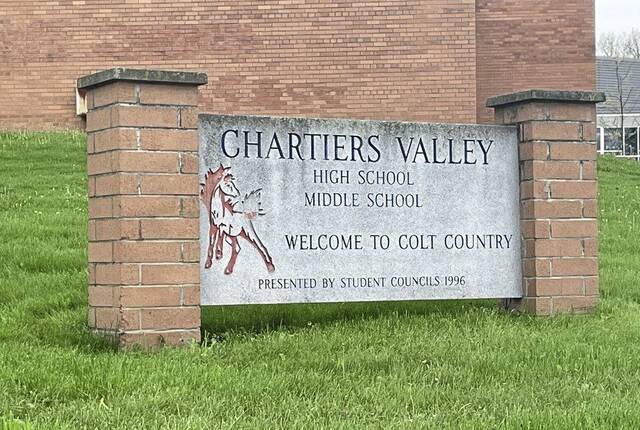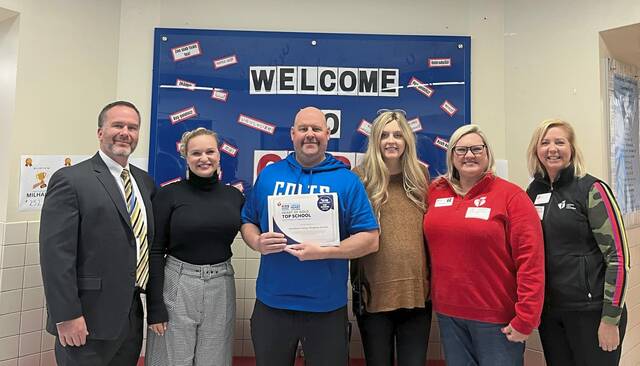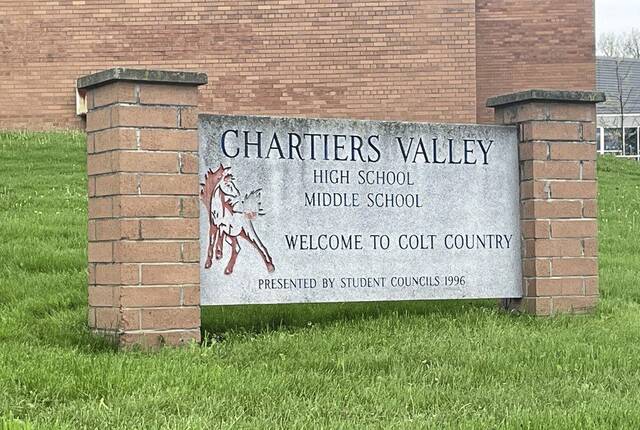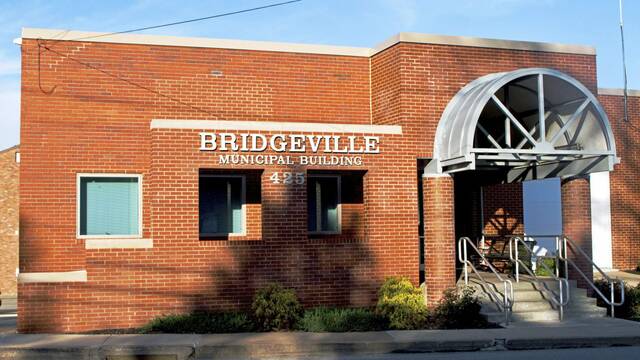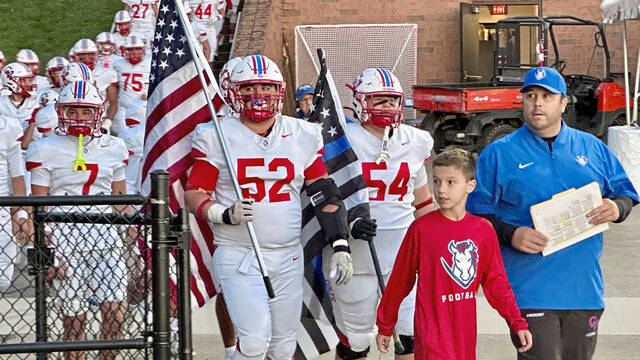As the sun set on a summer Saturday a century ago, a dentist named Hiram Wesley Evans arrived at a Scott Township farm where as thousands of men already were gathered.
In between pulling teeth, Evans (1881-1966) served as imperial wizard of the Knights of the Ku Klux Klan, and his presence helped ignite what would result in a successful short-term propaganda tool for his group of white supremacists.
On Aug. 25, 1923, Evans and his minions targeted a community within walking distance of Forsyth Farm that had a strong concentration of Catholics, many of whom served as local leaders. And the Klan had a particular bias against people of that faith.
“The original planning for the event, which involved an initiation ceremony of 1,000 new members and burning a massive cross, also included a late-night parade in regalia through the streets of Carnegie,” John M. Craig wrote in a 2005 essay published in Pennsylvania History: A Journal of Mid-Atlantic Studies.
Incensed borough residents, though, drove the hooded marchers out of town in a violence-filled show of resistance in which Klansman Thomas Rankin Abbott of Washington County was killed.
To mark the 100th anniversary, the Andrew Carnegie Free Library & Music Hall is hosting two events focusing on “The Day the Klan Came to Town,” a graphic novel inspired by the deadly confrontation. It will be the subject of the library’s Embracing Our Differences book discussion group at 7 p.m. Aug. 15, and of a moderated panel discussion at the same time Aug. 23 featuring author Bill Campbell and illustrator Bizhan Khodabandeh.
“The book is interesting in that it’s lightly fictionalized. It follows an invented main character, somebody whom you can hang the narrative on. In that sense, it’s a little bit different than a work of history,” library director Walker Evans said. “It really brings home the immediacy of those incidents.”
Craig’s heavily researched and annotated essay, “There Is Hell Going On Up There: The Carnegie Klan Riot of 1923,” presents unsettling information about Ku Klux Klan’s rise in popularity after World War I. The ostensible martyrdom of Abbott served as a catalyst for growing membership, which reached into the millions nationally and peaked at perhaps 300,000 in Pennsylvania.
But various scandals involving “hypocrisy, greed and dishonesty,” as Craig wrote, severely diminished the group’s influence as the decade progressed.
He summarizes the KKK’s appeal of the era in a manner that may resonate with 21st-century readers, as “ordinary people” were attracted to the hate group “by the excitement associated with potential danger, the satisfaction of forcefully humiliating Catholics and other enemies of ‘mainstream’ America, and the comradeship of soldiers committed to the fight.”
“That’s why it’s so important to have open conversation about these things that have happened and apply them to what’s going on now,” library director Evans said.
As for Klan leader Evans, he was determined to make quite the impression as he reached Scott from his Dallas home.
“He told the crowd that they lacked permission to enter the town, though Klansmen as American citizens ‘had a perfectly just and legal right to march through the streets of Carnegie,’” according to Craig. “Klan officials also ‘prepared’ for the event by telling members to bring weapons.”
The Historical Society of Carnegie, which is partnering with the library and Heinz History Center for the commemorative activities, described Klan members as attempting “to storm the ‘Irishtown’ section of Carnegie where it meets at the bridge on Carothers Avenue and Third Street.”
“In a clash that some have likened to the Spartans at Thermopylae,” the society posted on social media, “approximately 500 vastly outnumbered Irish and Catholics met the Klan at this natural bottleneck in what erupted into a skirmish involving stones, brick-bats, bare-knuckles and ultimately fatal gunfire.”
Abbott was shot in the temple.
“Some of his comrades carried him to the office of Dr. F.B. Jones at 432 Third St., a block away. Abbott arrived in a comatose state, barely breathing, and died five minutes later,” Craig wrote. “After the fatal shooting, most Klansmen retreated across the Glendale Bridge to the site of the initiation ceremony and automobiles to take them away from the riot scene.
“Only Abbott died of wounds received in the clash.”
Patrick McDermott, a Carnegie mortician, faced a 1925 trial in Abbott’s death. He was acquitted.






